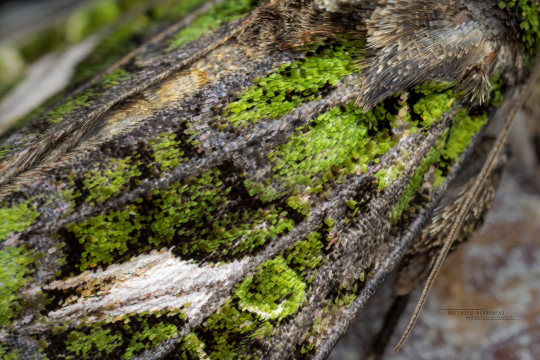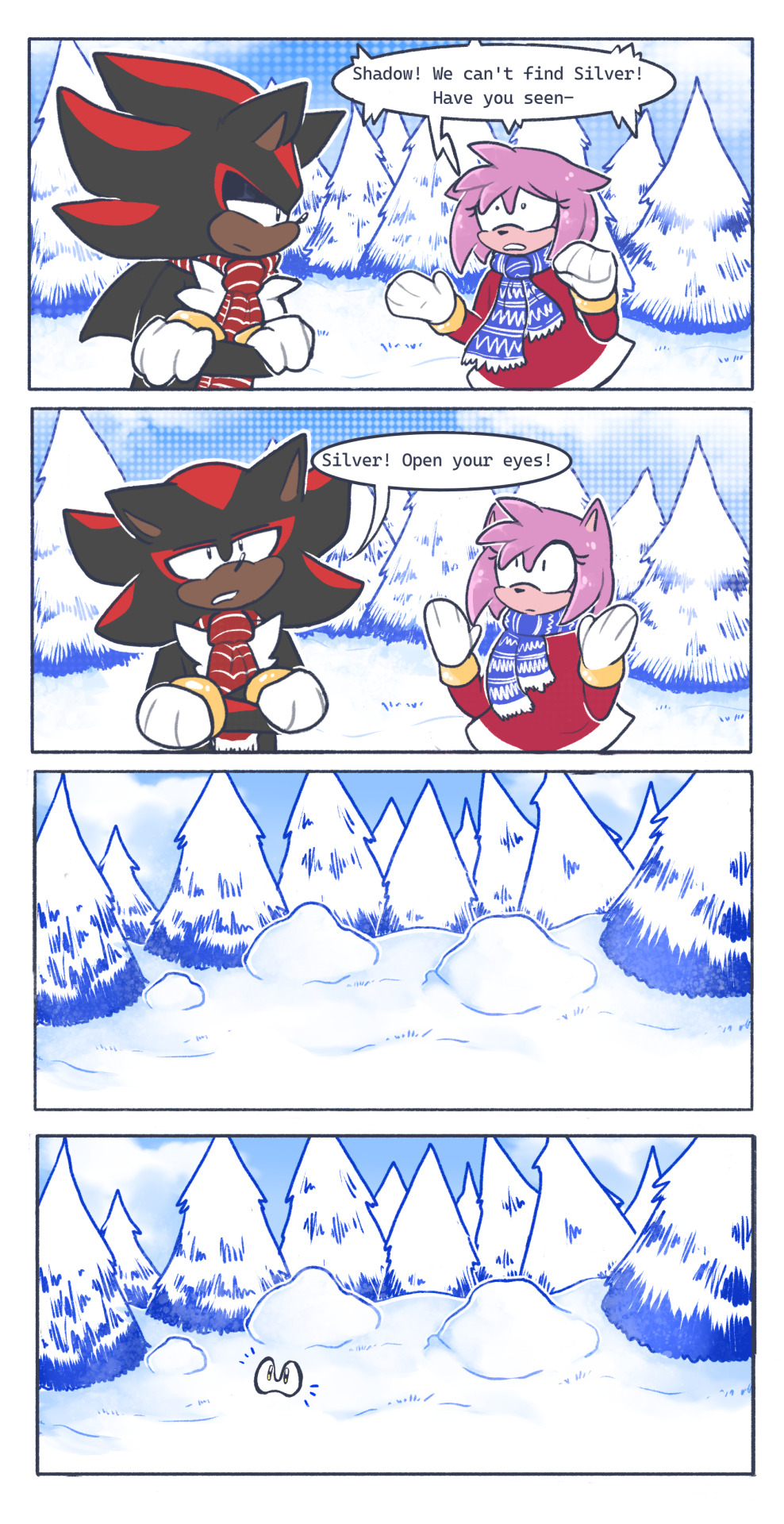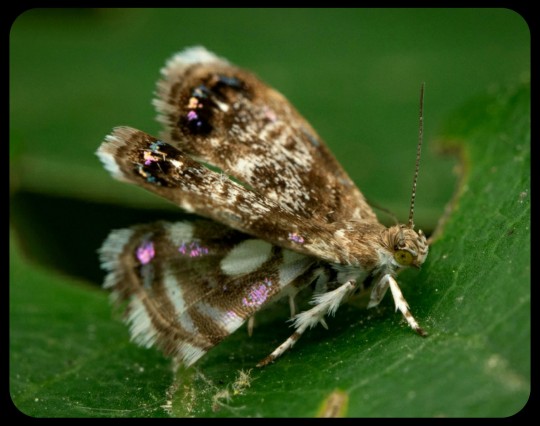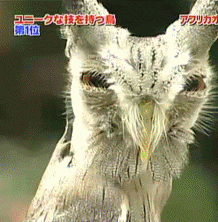#camouflaged
Explore tagged Tumblr posts
Text

Owls are known as lonely birds; but it is not known that they have the forest as their best friend!
–~Mehmet Murat İldan~
#Amy Bragg photography#owl#nature#wildlife#wild animals#birds#birds of prey#Alaska#camouflaged#forest#forest denizens#nocturnal creatures
38 notes
·
View notes
Text

Amazing! This is a Camouflaged Looper, a Caterpillar That Makes Its Own Flower “Costume”. To avoid predators, Camouflaged Loopers adorn themselves with fragments of the plant they are feeding on! They’ll clip off flower parts and bits of leaves with their mouth and then attach them to their back with silk.
If you’re observant (and a bit lucky), you can find them in fields and woodland edges from spring to early autumn. They feed on a wide variety of plants, including the leaves of goldenrod, coneflowers and blackberries.
When they moult or switch host plants, they’ll even do a costume change to match the new plant.
Camouflaged Loopers turn into Wavy-lined Emerald Moths.
🐛 Learn more at: https://blog.nature.org/2023/05/08/the-camouflaged-looper-this-inchworm-makes-its-own-flower-costume/
#appalachian#appalachian mountains#north carolina#appalachian culture#appalachia#western north carolina#the south#nc mountains#mcdowell county#mcdowellcounty#caterpillar#inchworm#worm#animals#amazing#camouflaged#camouflage
8 notes
·
View notes
Text
Yellowjacket-Mimicking Moth: this is just a harmless moth that mimics the appearance and behavior of a yellowjacket/wasp; its disguise is so convincing that it can even fool actual wasps

This species (Myrmecopsis polistes) may be one of the most impressive wasp-mimics in the world. The moth's narrow waist, teardrop-shaped abdomen, black-and-yellow patterning, transparent wings, smooth appearance, and folded wing position all mimic the features of a wasp. Unlike an actual wasp, however, it does not have any mandibles or biting/chewing mouthparts, because it's equipped with a proboscis instead, and it has noticeably "feathery" antennae.
There are many moths that use hymenopteran mimicry (the mimicry of bees, wasps, yellowjackets, hornets, and/or bumblebees, in particular) as a way to deter predators, and those mimics are often incredibly convincing. Myrmecopsis polistes is one of the best examples, but there are several other moths that have also mastered this form of mimicry.

Above: Pseudosphex laticincta, another moth species that mimics a yellowjacket
These disguises often involve more than just a physical resemblance; in many cases, the moths also engage in behavioral and/or acoustic mimicry, meaning that they can mimic the sounds and behaviors of their hymenopteran models. In some cases, the resemblance is so convincing that it even fools actual wasps/yellowjackets.

Above: Pseudosphex laticincta
Such a detailed and intricate disguise is unusual even among mimics. Researchers believe that it developed partly as a way for the moth to trick actual wasps into treating it like one of their own. Wasps frequently prey upon moths, but they are innately non-aggressive toward their own fellow nest-mates, which are identified by sight -- so if the moth can convincingly impersonate one of those nest-mates, then it can avoid being eaten by wasps.

Above: Pseudosphex laticincta
I gave an overview of the moths that mimic bees, wasps, yellowjackets, hornets, and bumblebees in one of my previous posts, but I felt that these two species (Myrmecopsis polistes and Pseudosphex laticincta) deserved to have their own dedicated post, because these are two of the most convincing mimics I have ever seen.

Above: Pseudosphex sp.
I think that moths in general are probably the most talented mimics in the natural world. They have so many intricate, unique disguises, and they often combine visual, behavioral, and acoustic forms of mimicry in order to produce an uncanny resemblance.
Several of these incredible mimics have already been featured on my blog: moths that mimic jumping spiders, a moth that mimics a broken birch twig, a moth caterpillar that can mimic a snake, a moth that disguises itself as two flies feeding on a pile of bird droppings, a moth that mimics a dried-up leaf, a moth that can mimic a cuckoo bee, and a moth that mimics the leaves of a poplar tree.
Moths are just so much more interesting than people generally realize.
Sources & More Info:
Journal of Ecology and Evolution: A Hypothesis to Explain Accuracy of Wasp Resemblances
Entomology Today: In Enemy Garb: A New Explanation for Wasp Mimicry
iNaturalist: Myrmecopsis polistes and Pseudosphex laticincta
Transactions of the Entomological Society of London: A Few Observations on Mimicry
#entomology#arthropods#lepidoptera#yellowjacket-mimicking moth#wasp-moth#clearwing moths#animal camouflage#myrmecopsis polistes#pseudosphex laticincta#pseudosphex aequalis#moths#insects#bugs#mimicry#evolution#hymenopteran mimics#defense mechanisms#animal facts#wasps#yellowjackets#moths are amazing#and wildly underrated
9K notes
·
View notes
Photo




Orache moth, Trachea atriplicis, Noctuidae
Photographed in France by Matthieu Berroneau
Shared with permission; do not remove credit or re-post!
12K notes
·
View notes
Photo

83K notes
·
View notes
Note
Machete would be the saddest wettest worm on a string

Pictured here in his natural habitat.
#camouflaging to evade predators#own art#own characters#CanisAlbus#Machete#worm on a string#pour hot holy water onto your soaped woerm
11K notes
·
View notes
Text

Headcannon: Silver is the whitest boi

Blaze made him a jumper because she's tired of losing him all the time.
#sonic the hedgehog#silver the hedgehog#shadow the hedgehog#amy rose#comic#sonic comic#shitpost#artists on tumblr#fanart#sth#illustration#silly#i know this doesn't really work but let me have my fun#they loose silver every snow day#the ultimate camouflage#does this count as dadow?
2K notes
·
View notes
Photo

"Leafy Disguise" by Birgit Jürgenssen, 1979. 🌿
1K notes
·
View notes
Text
In pairs they galloped by, and though every now and then one rose in his stirrups and gazed ahead and to either side, they appeared not to perceive the three strangers sitting silently and watching them.
"The Lord of the Rings: The Two Towers" - J.R.R. Tolkien
#book quote#lotr#lord of the rings#jrr tolkien#ttt#the two towers#horse riding#horses#riders of rohan#rohirrim#aragorn#numenoreans#legolas#elves#gimli#dwarves#hidden#camouflaged
1 note
·
View note
Text
Can you believe they had the nerve, the gall, the gumption to cut when book Peeta says “You here to finish me off, sweetheart?”, one of the most iconic lines that established his flirty personality and cute banter with Katniss?? He’s literally in immense pain, dying from a leg injury, buried under a wall of mud that’s infecting the wound, and still has the energy to tease her. Not to mention the innuendo, come on.
#justice for book peeta#he’s literally so much more of a heartthrob in the book#how dare they#he is more than just bread#peeta mellark#katniss everdeen#the hunger games#book peeta#book!peeta#thg finnick#thg peeta#team peeta#katniss and peeta#everlark#peeta supremacy#camouflage king#thg#thg katniss#katniss#peeta
15K notes
·
View notes
Photo

https://www.ebay.com/itm/165962616737 #hat #cap #forsale #topoftheworld #psu #camouflaged #gift #holiday #collectibles #checkitout #musthave https://linktr.ee/shopping490490 #ebay #mercari #shopify #etsy #poshmark #bonanzamarket #twitter #tumblr #facebook #instagram https://www.instagram.com/p/CpQruxvpda-/?igshid=NGJjMDIxMWI=
#hat#cap#forsale#topoftheworld#psu#camouflaged#gift#holiday#collectibles#checkitout#musthave#ebay#mercari#shopify#etsy#poshmark#bonanzamarket#twitter#tumblr#facebook#instagram
0 notes
Text
Little red octopus 🐙❤️
These little red octopus are sea-ternly the masters of disguise, thanks to their ability to change color and texture to blend seamlessly with their surroundings. Check out those inkredible hiding skills!
#monterey bay aquarium#caught ink handed#well armed with camouflage abilities#cute and clever charismatic cephalopod
1K notes
·
View notes
Text
Brenthia Moths: these moths can mimic the appearance and mannerisms of a jumping spider so convincingly that actual jumping spiders will sometimes attempt to court them

The markings, posture, and movements of a Brenthia moth (genus Brenthia, also known as a metalmark moth) all contribute to its disguise; the moths move around in short, jerky motions that mimic the movements of a jumping spider, and their hindwings are covered in black-and-white bands that strongly resemble the tucked-in legs of a salticiid spider, especially when the moth displays its unique wing position. The disguise serves as a defensive strategy, enabling the moth to avoid being preyed upon by actual jumping spiders.

In some cases, that disguise may work a little too well, as jumping spiders may actually mistake the moth for a potential mate and then attempt to engage it in a courtship/mating dance (which must be a pretty awkward and bizarre experience for the moth, tbh).

The resemblance between a Brenthia moth and a jumping spider may not seem terribly convincing to us, as human beings, but as this article explains:
When discussing animals mimicking their predator, it is important to remember that we humans are not the target audience. This means that the imitator may not look too convincing in its mimicry to us, but still manages to trigger a desired response from said predator.
Jumping spiders have also been known to respond to Brenthia moths by exhibiting a territorial display, which is yet another behavior that the spiders generally reserve for other spiders.
This study expands on the adaptive benefits of the moth's disguise:
In controlled trials, Brenthia had higher survival rates than other similarly sized moths in the presence of jumping spiders and jumping spiders responded to Brenthia with territorial displays, indicating that Brenthia were sometimes mistaken for jumping spiders, and not recognized as prey.
The illustration below shows the basic/general resemblance between a Brenthia moth and a jumping spider:

Sources & More Info:
New Scientist: Moth's Disguise is so Good, Spiders Love it Instead of Eating it
Animal Behaviour: Sheep in Wolf's Clothing
Science: This Moth Could Pass for a Spider
PLOS ONE Journal: Metalmark Moths Mimic their Jumping Spider Predators
Gil Wizen: Jumping Spider Mimicry in Brenthia Moths
Moths of North Carolina: Brenthia pavonacella
#lepidoptera#entomology#moths#peacock moth#brenthia#metalmark#mimicry#animal camouflage#cool animals#insects#cute bugs#jumping spiders#animals#arachnology#spiders#animal facts#salticidae#arthropods
6K notes
·
View notes
Photo









Lichen-mimic orbweaver, Araneus seminiger, Araneidae
Found primarily in Taiwan and Japan
Photos 1-3 by muyaocraft, 4 by pochung, 5 by papilioshih, 6-8 by dhugallindsay, and 9 (for scale) by jamesmifan
#animals#curators on tumblr#bugs#arachnids#spider#orbweaver#lichen mimic orbweaver#Araneus#Araneus seminiger#mimicry#camouflage#one nice bug
3K notes
·
View notes
Photo

How Animals Use Camouflage to Fool the Eyes of Predators and Prey
446 notes
·
View notes
Note
wanted to voice my appreciation for how angular machete is, and how he gets even more angular when he's displeased
He's a little bit like that one owl that gets pointy when threatened.


#a northern white faced owl to be specific#it evades predators by camouflaging as a broken tree branch#answered#amiliahthebengal#it's the scowl that gets me
955 notes
·
View notes